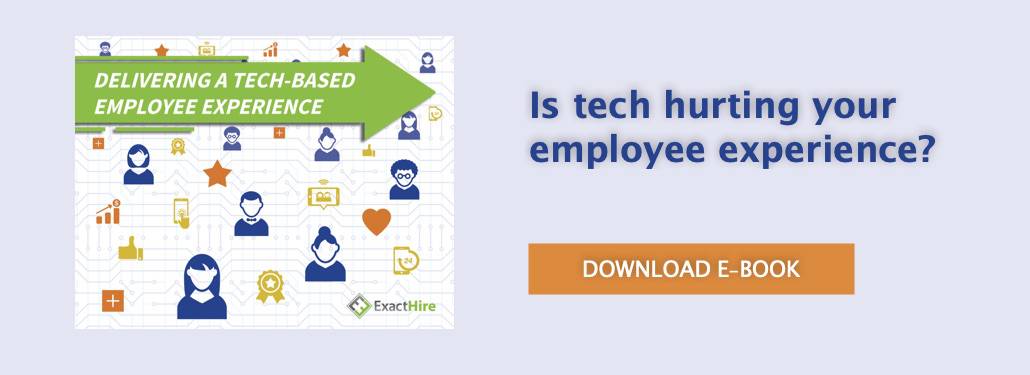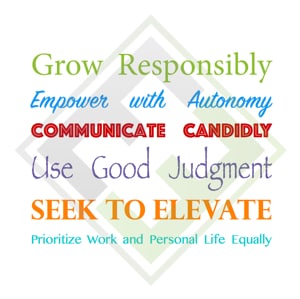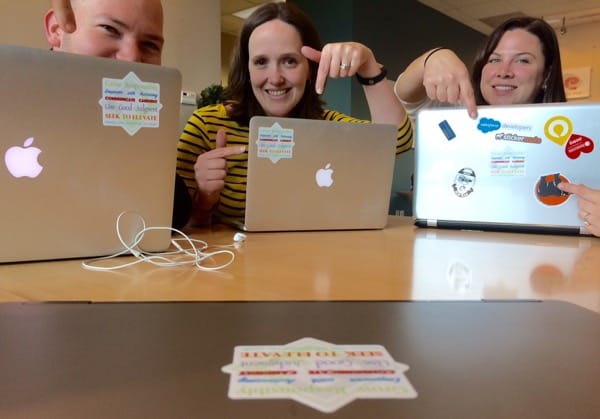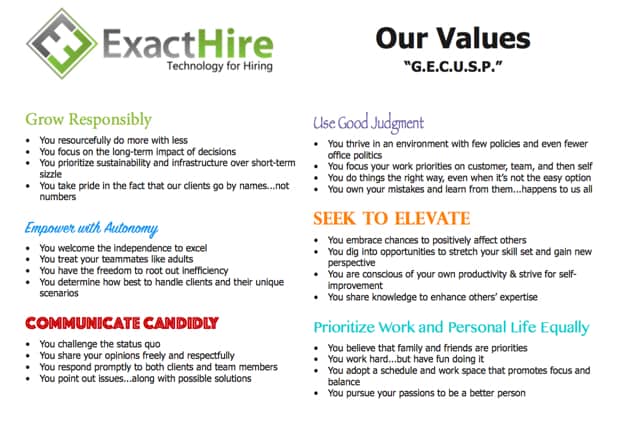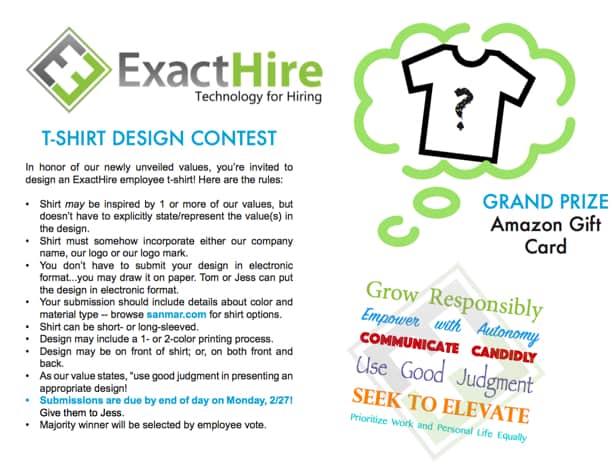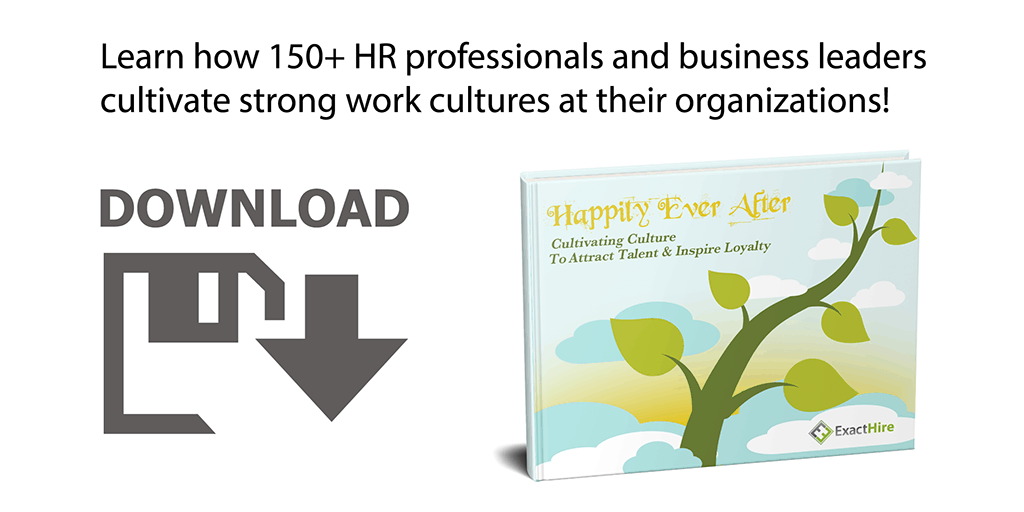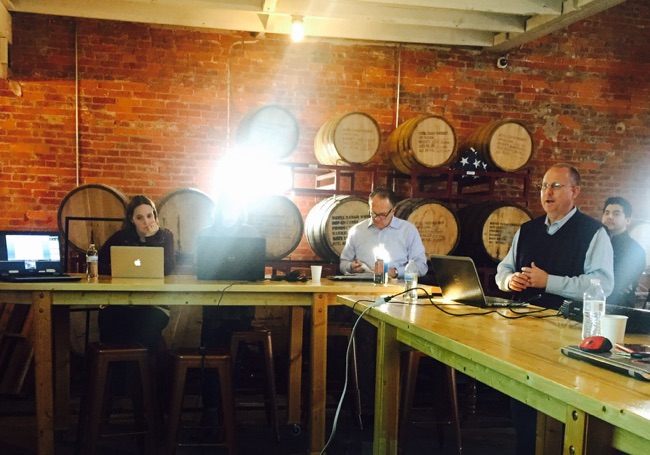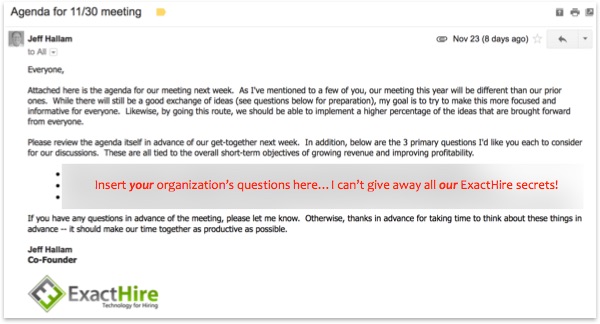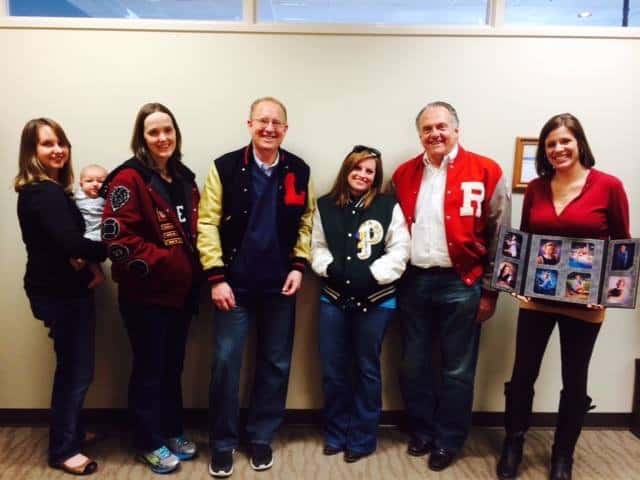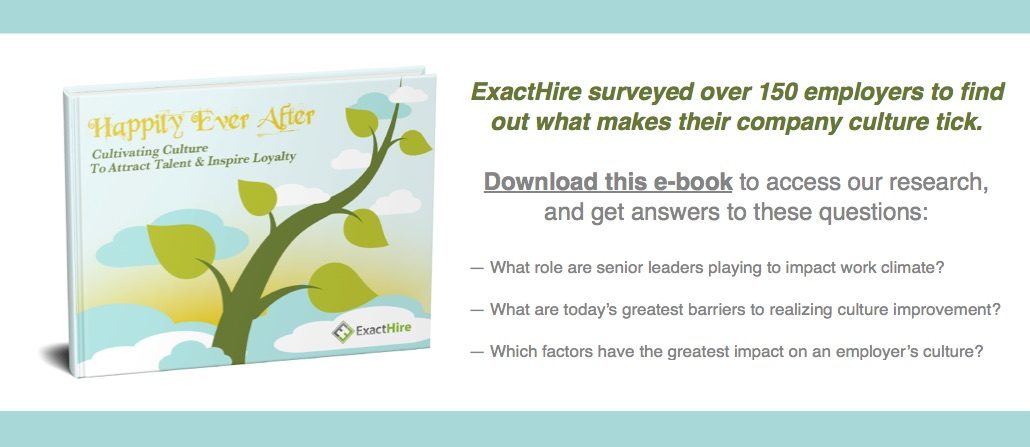How to Use Video to Engage Applicants and Employees
There’s no denying the appeal of video. When I’m doing research for a home project, planning a purchase or trying to teach myself how to play a new board game, I prefer to watch an engaging video rather than read through text or scan images. Not surprisingly, many job seekers have the same preference as they research and engage with potential employers to determine which will suit their career aspirations.
How can employers use video in the hiring process and throughout the employment lifecycle to entice job seekers to consider a position? How can video engage employees to remain employed? Consider the following tips to leverage the strengths of video throughout your employment experience.
Recruiting
Employee testimonials
Identify your true employment brand ambassadors and invite them to produce testimonials for your career site. Ask them to speak about the invigorating challenge of their work and the unique, tangible and intrinsic benefits that your organization offers to employees. Most of all, make sure they convey the specific reasons they choose to work for your organization.
Job description overview
A key aspect of successful candidate recruitment is not only selecting the right individual for the company, but also allowing job seekers to understand what they are getting into when it comes to job responsibilities.
Create a video that summarizes the key responsibilities of a position, but then go a step further and discuss what job success looks like for a new hire at three months, six months and one year of employment. These career opportunity digital assets are excellent content resources to share on company social media channels, too.
If you use an applicant tracking system to manage your recruitment process, you may already have access to easily embed videos into job descriptions and share them with third party job boards. Other ideas for video overviews include having a top ten list of reasons to work in a specific role for your company; or, a short segment on what to expect from the hiring and selection process. For example, will the candidate be asked to take any assessments and how many interview stages are involved–and with which company staff members?
Here’s an example of how ExactHire used video in the hiring process when we were looking for web developers. Make sure that the tone and style of your video aligns with your organizational culture. For us, quirky is appropriate!
You could even automate a video email that outlines next steps to send to the candidate after applying online.
Interviewing
Candidate communication
Remember that the quality of your organization’s candidate communication is being closely evaluated by job seekers. It is the first impression that will indicate how responsive and communicative the employer will likely be once a candidate is hired as an employee–it’s the perception of job seekers (and, in my experience, often the truth).
Make applicant correspondence personal by using video email to invite applicants to progress in your hiring process. If you enjoy a remote work culture, using video to facilitate interviewing is critical in moving the selection process along quickly enough that you don’t lose qualified candidates to other offers.
Even if your office isn’t full of telecommuters, if you involve multiple employees in group interviews, video conference calls can open up additional calendar slots by eliminating the need for stakeholders to buffer schedules for commute time.
Closing the deal
In this competitive market, your top candidate will often have another offer when they are considering a position with you. While compensation, benefits, and role will heavily influence the candidate’s choice, you can use personalized video messages to encourage the candidate to join your team and share examples of how your employees embody organizational culture.
Consider sending a team video highlighting a recent company potluck, holiday event or fun competition. You could even send a personalized video email from the CEO to let the candidate know that leadership is excited to invite them on board. Make sure the candidate understands that by accepting an offer with your organization, he or she could enjoy these same moments with co-workers who care, too. It is these seemingly little gestures that often make or break the deal when another offer is on the table.
Pre-boarding
While many organizations pull out all the stops to woo candidates during the interviewing process, unfortunately too many then fail to keep the momentum going with frequent connections with new hires during the pre-boarding phase. Pre-boarding is comprised of the time period between when the candidate accepts an employment offer and experiences his first day on the job.
Office orientation
Even if you previously gave an interviewee an office tour, sharing a virtual video office tour helps incoming new hires orient themselves with the location of various office items before they experience their first day. Check out MOBI’s compelling virtual tour of their headquarters building:
Setting expectations
To minimize new hire jitters for your new teammates, create videos to help identify what the new employee can expect in her first week of employment. Preview the types of activities she’ll be experiencing and consider inviting mentors or other people with whom the new hire will be meeting to have a segment in the video. Other discussion points might include information about
- dress code,
- location of bathrooms and gym,
- availability of office snacks,
- beverages and the location of the kitchen, and
- an overview of the types and frequency of company and department meetings that occur throughout a month.
Make sure that the new hire’s supervisor engages with him during the pre-boarding phase as well. While a phone call or interactive video conference is great in this scenario, if schedules make connecting difficult then a thoughtful video welcome message from the hiring manager can serve as an attractive alternative. Leveraging video during pre-boarding may help to reduce the likelihood of new hire ghosting!
Onboarding
Once your new hires officially begin work, make sure that their employee onboarding experience excites them and prepares them to be productive as soon as possible. Effective employee onboarding involves activities that introduce new hires to teammates and the organization, allow them to become familiar with the resources they’ll need to do the job, and further set expectations about performance and pace.
Training
To support these activities, offer videos that help train new hires on organizational procedures and teach them how to use different tools necessary for their role. If you use employee onboarding software to automate your onboarding workflow, then use the platform to create employee tasks that prompt new hires to watch these videos at the appropriate time during their onboarding phase.
Video is also a great way to facilitate introductions between new hires and remote workers when an in-person “nice to meet you” isn’t practical.
Employee Engagement
Daily connections
Speaking of remote workers, my organization is quite remote friendly and therefore we have to be intentional about creating opportunities for employees to regularly connect with one another. While we used to rely heavily on email and instant messaging tools to catch up on a daily basis, in the past year we’ve started regularly doing video calls with one another for daily “stand-up” meetings in various departments. Even though these meetings often last only five minutes, the chance to make eye contact with your peers and sneak in some “water cooler” type talk has been an important enhancement to our remote work culture.
Open window
Some of our departments take video calling a step further and have weekly “open window” time when they all log in to a video chat for an hour to simulate what it would be like to sit in cubicles next to each other. They use the time to catch up, but sometimes they just work silently until someone has a comment or inquiry.
Offboarding
While the hope is that employees will be successful and engaged for an extended period of time with your organization, the reality is that circumstances sometimes call for offboarding employees. Whether it is a voluntary or involuntary termination, there are opportunities to positively support your employment brand based on how you approach the situation.
Voluntary
In the case of someone who has resigned, solicit teammates to put together a best wishes video to send off your departing employee knowing that he was truly valued. After all, you never know if you’ll have the opportunity for a boomerang employment situation in which the person returns to work in your organization at some point in the future.
Involuntary
In the event that the employment separation isn’t voluntary, a video message to existing department members can be an effective means to properly communicate the tone of the situation and assure existing employees that everything will be okay despite the seemingly sudden departure of another employee. This approach is preferable over a static email in which tone can be interpreted inconsistently by various recipients.
Video: An Employee Engagement Tool
These are just a few tips for using video in your hiring process and for employee engagement. Experiment with different video themes for your own organizational processes.
Your culture, core values and current business opportunities will guide you in a direction that aligns with the interests of your applicants and employees.
This content was originally published on Covideo’s Blog.

